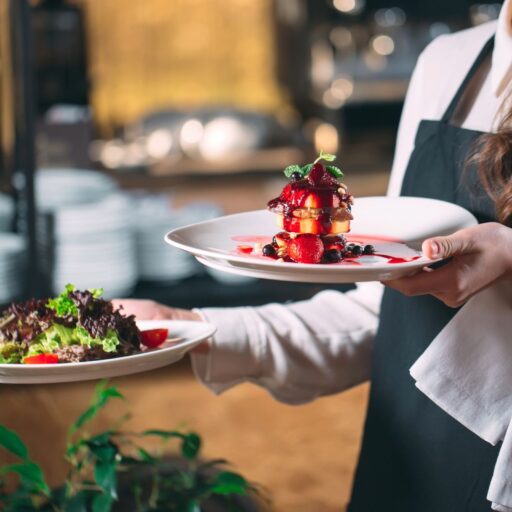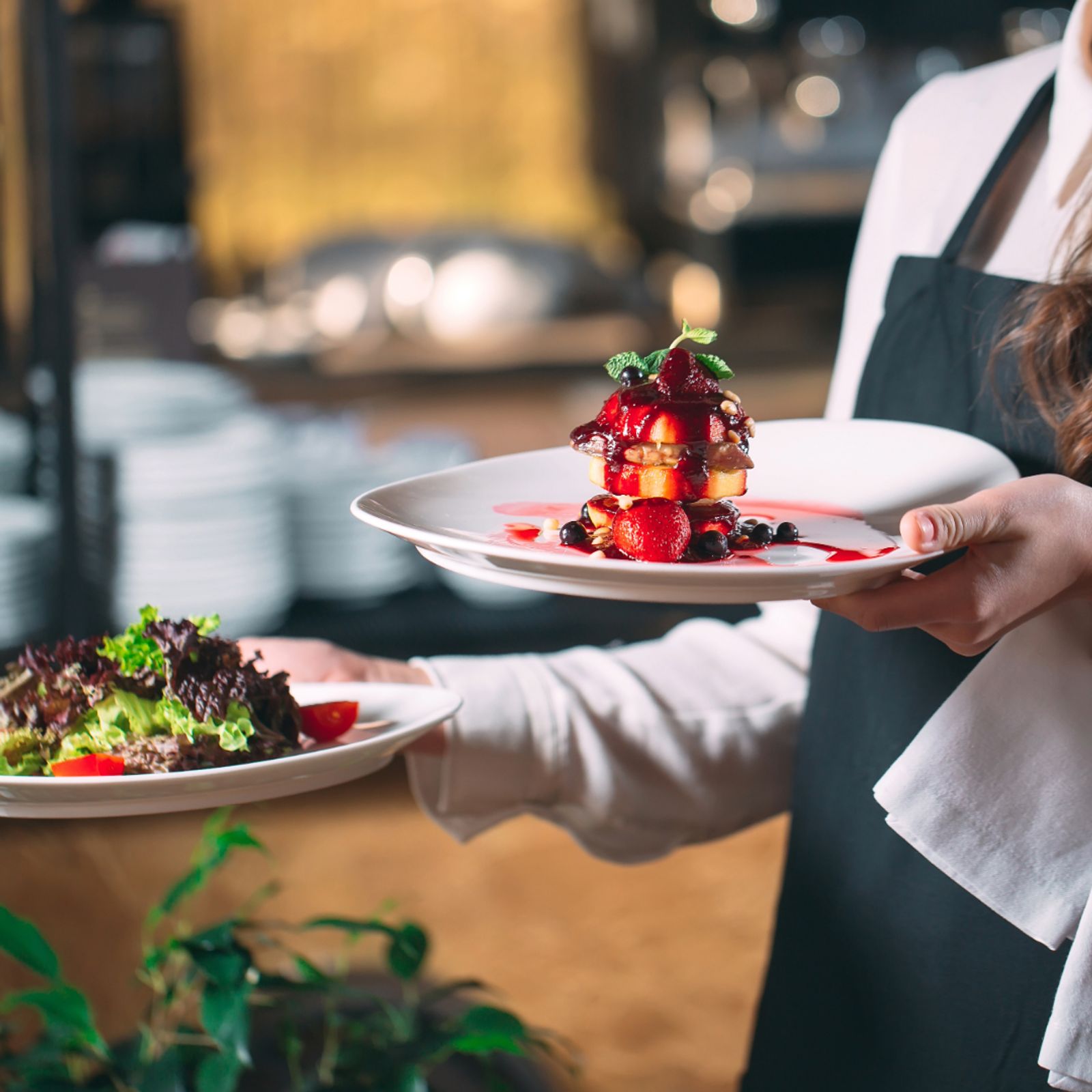The Best CRM Setup for a Restaurant: Modules, Contacts, and Optimized Customer Cycle
In 2025, running a successful restaurant requires more than good food. Customers expect fast service, relevant offers, and personalized attention. In a highly competitive industry, building strong customer relationships is key. A well-designed CRM helps restaurants manage this without adding complexity. It centralizes guest data, triggers timely actions, and improves overall communication. Here’s how to set up a CRM that fits restaurant operations.
A Setup That Fits the Restaurant’s Daily Needs
A good restaurant CRM must integrate smoothly with existing tools—reservation platforms, point-of-sale systems, and delivery apps. It should be easy to use, visual, and accessible to staff.
With the right setup, the CRM will:
Store and organize customer history
Enable targeted campaigns based on client behavior
Reduce repetitive tasks using automations
Make follow-up simple and effective
It becomes an invisible yet powerful assistant.
Contact Types to Create
Segmenting contacts helps tailor communication. Useful categories include:
Regular customers: those who visit often
New customers: recent guests or first-timers
VIPs: high spenders or long-term loyal guests
Inactive customers: no recent activity
Partners: suppliers, delivery platforms, or booking agencies
This structure allows for more relevant and timely messages.
Key Modules to Activate
A restaurant CRM should support key operations with dedicated modules such as:
Customer history: past visits, favorite dishes, notes
Marketing campaigns: email and SMS targeting
Automated reminders: for birthdays or after long absences
Feedback surveys: to collect satisfaction data
Review management: organize and respond to online reviews
Together, these tools enhance guest engagement and service quality.
Custom Fields to Include
Add custom data points to better segment and personalize offers:
Visit frequency: weekly, monthly, occasional
Dining type: dine-in, takeout, delivery
Dietary preferences: vegetarian, gluten-free, allergies
Preferred day: for targeted day-specific offers
Average spend: to match promos to customer habits
These details support better targeting and long-term retention.
Example of a Conversion Cycle
A CRM should guide new guests toward loyalty. A basic automation cycle could be:
A customer is added after their first booking or order
A welcome email with a special offer is sent
If no return within 15 days, a follow-up is triggered
On their birthday, they receive a personalized discount
After three visits, their status becomes “regular customer”
This structure encourages engagement from the start.
Practical Case
A bistronomic restaurant identifies guests who mostly dine on weekends. Every Tuesday, they receive a special weekday offer. This targeted message helps increase midweek reservations without manual outreach.
Conclusion
With the right setup, a CRM simplifies customer management and strengthens marketing efforts. It saves time, increases satisfaction, and supports business growth. In 2025, it’s not just a tech tool—it’s a key part of a restaurant’s strategy.












